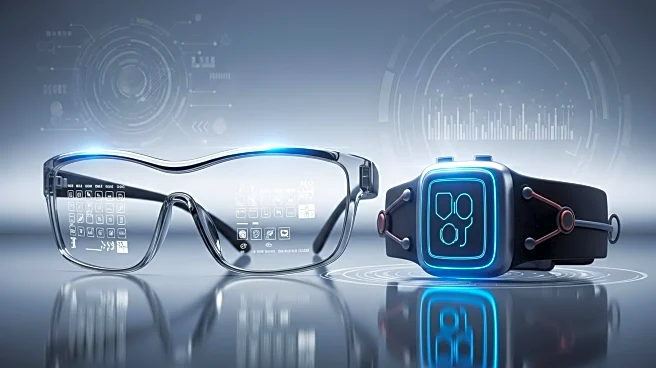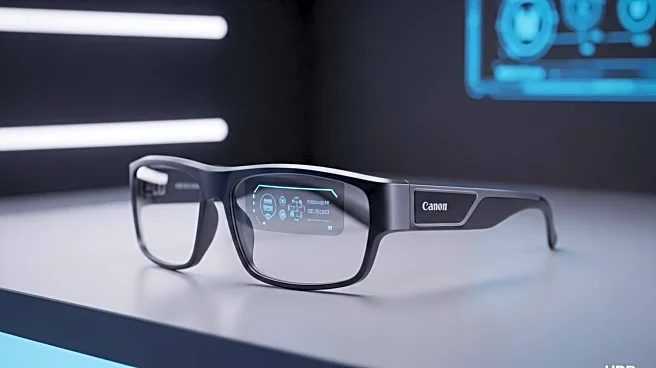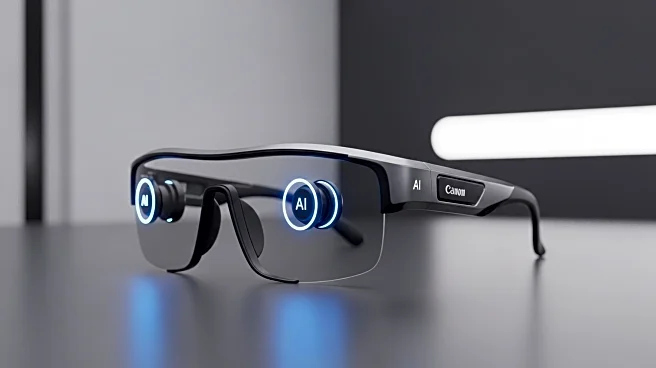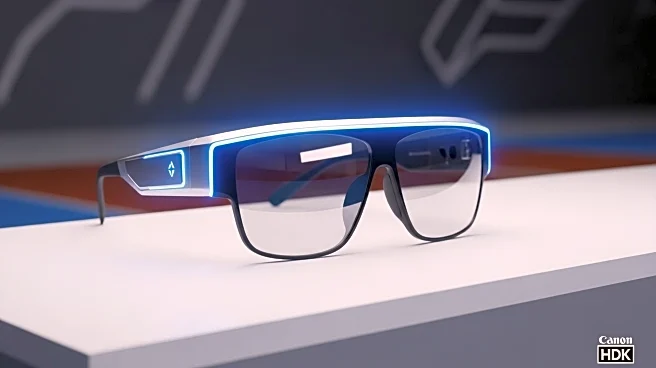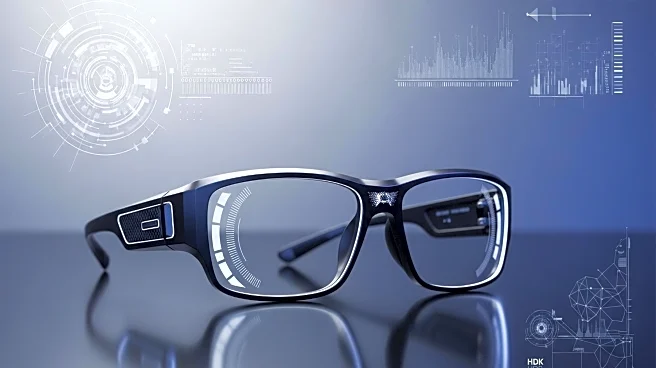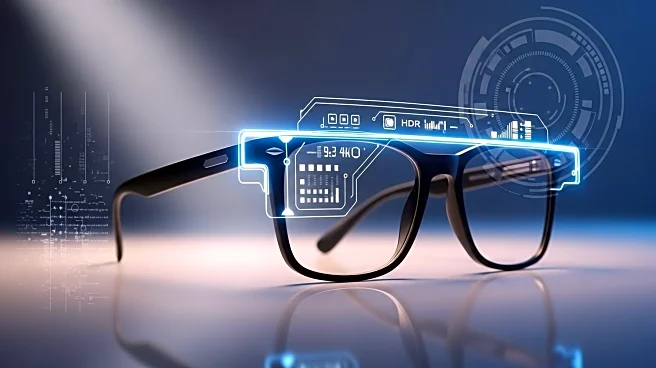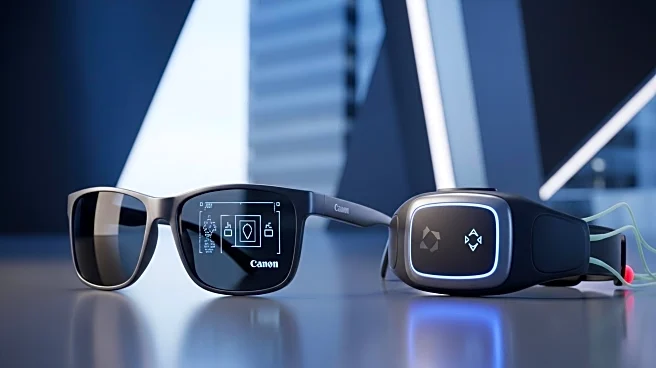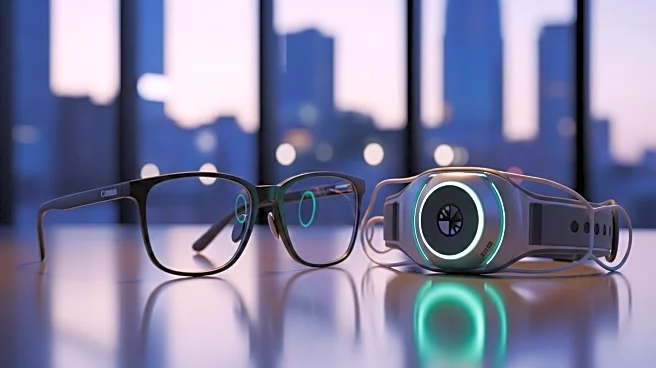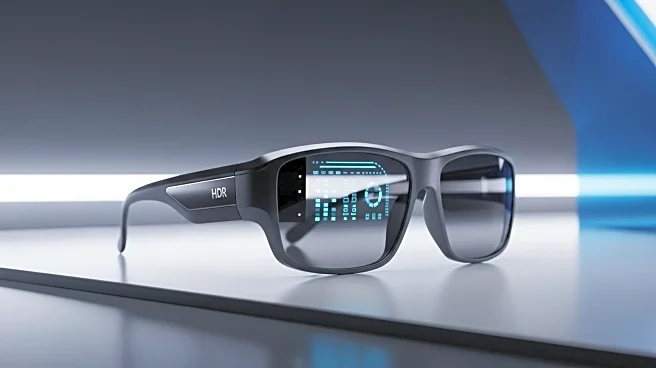What's Happening?
Meta has introduced the Ray-Ban Display glasses, priced at $799, featuring a high-resolution heads-up display and a gesture-sensitive neural wristband. These glasses allow users to interact with the display through hand gestures, offering a unique tech experience. The neural wristband uses electromyography to detect neural impulses, enabling precise control of the display. Despite their innovative features, the glasses have limitations, such as a small display and limited app integration. The battery life is also a concern, with the glasses lasting three to six hours on a charge.
Why It's Important?
The launch of Meta's Ray-Ban Display glasses represents a significant step forward in augmented reality technology. By integrating a neural wristband for gesture control, Meta is pushing the boundaries of how users interact with wearable devices. This innovation could influence the future of smart glasses, making them more intuitive and user-friendly. However, the current limitations, such as battery life and app integration, highlight the challenges that still need to be addressed. As the technology evolves, these glasses could become a valuable tool for various applications, from navigation to real-time information access.
What's Next?
As Meta continues to refine its smart glasses technology, future iterations may address current limitations, such as expanding app compatibility and improving battery life. The development of more advanced neural interfaces could enhance user interaction, making the glasses more versatile and appealing to a broader audience. Additionally, as augmented reality becomes more integrated into daily life, these glasses could play a crucial role in shaping how people access and interact with digital information. Ongoing advancements in this field will likely lead to more sophisticated and practical applications for smart glasses.

